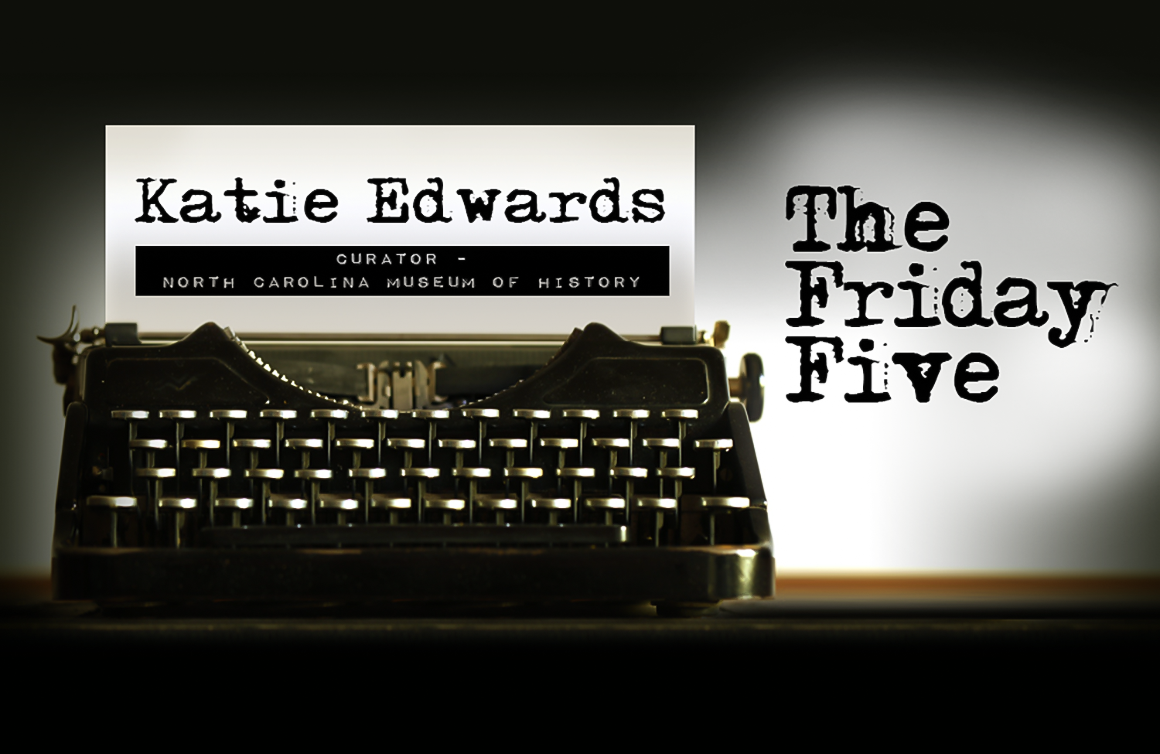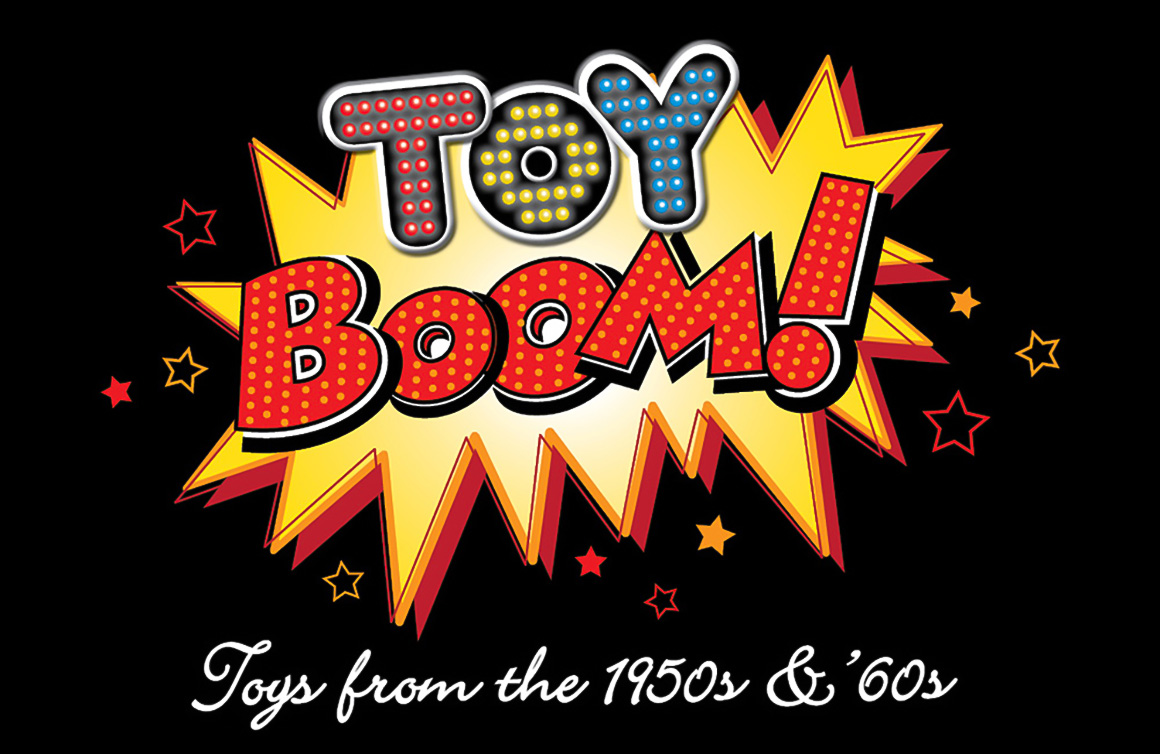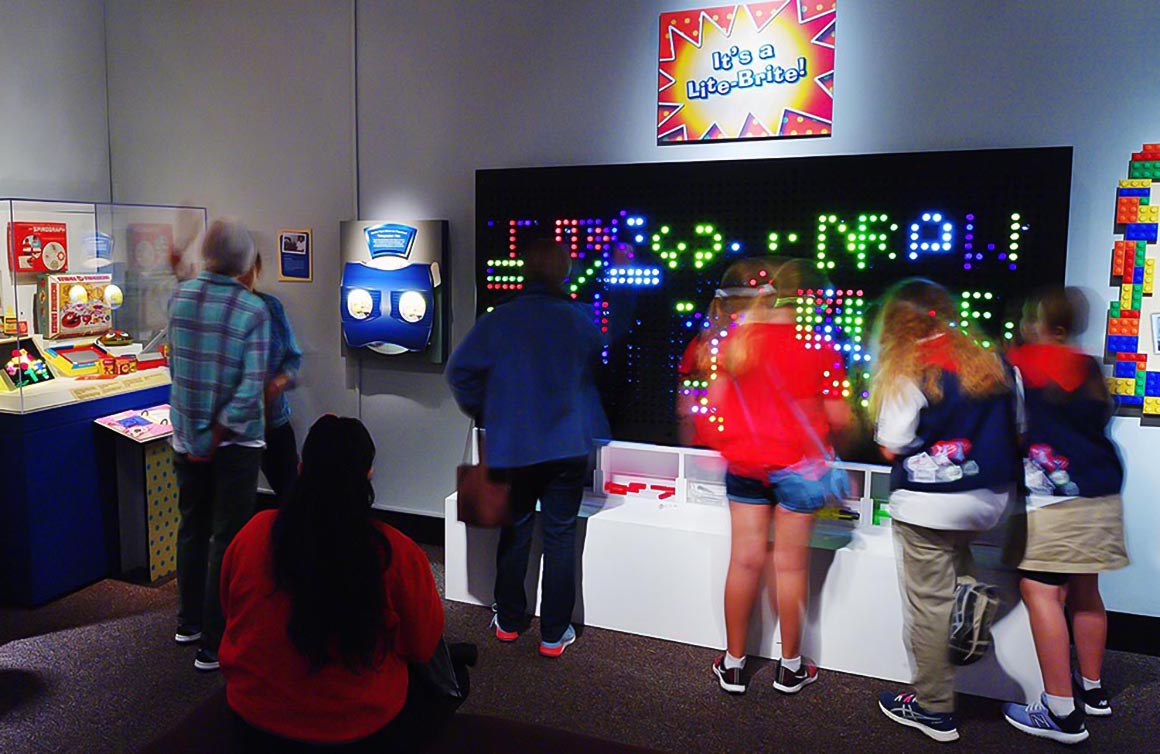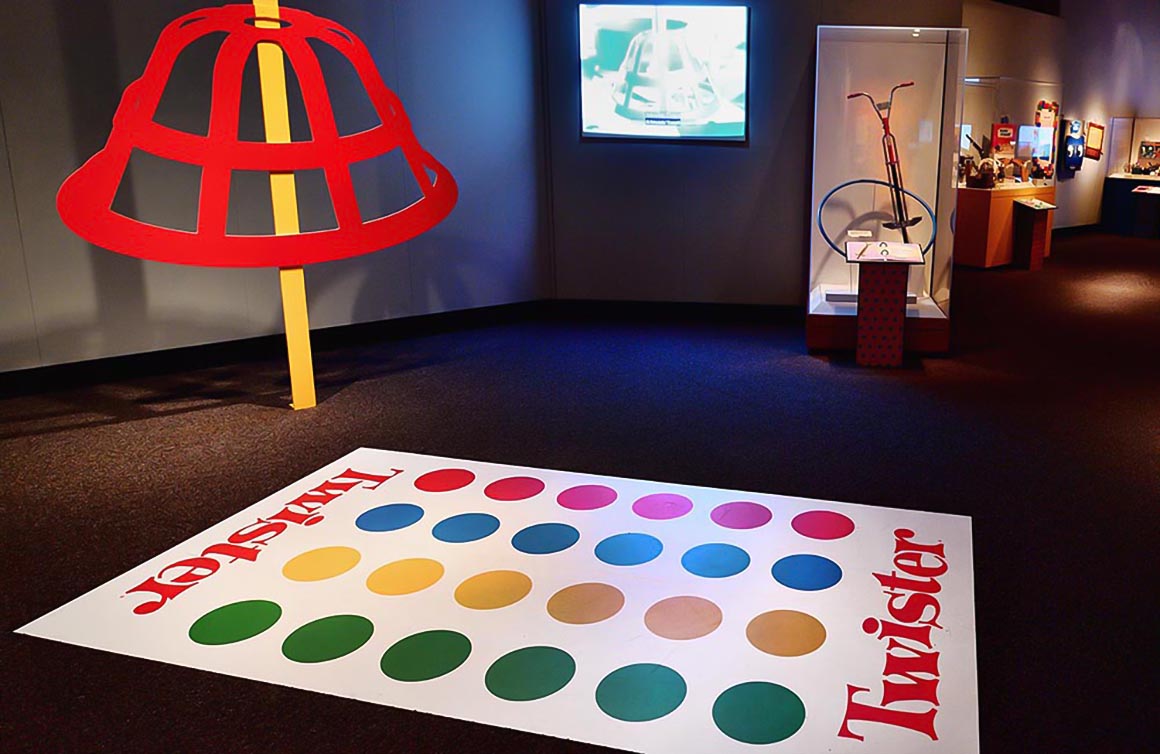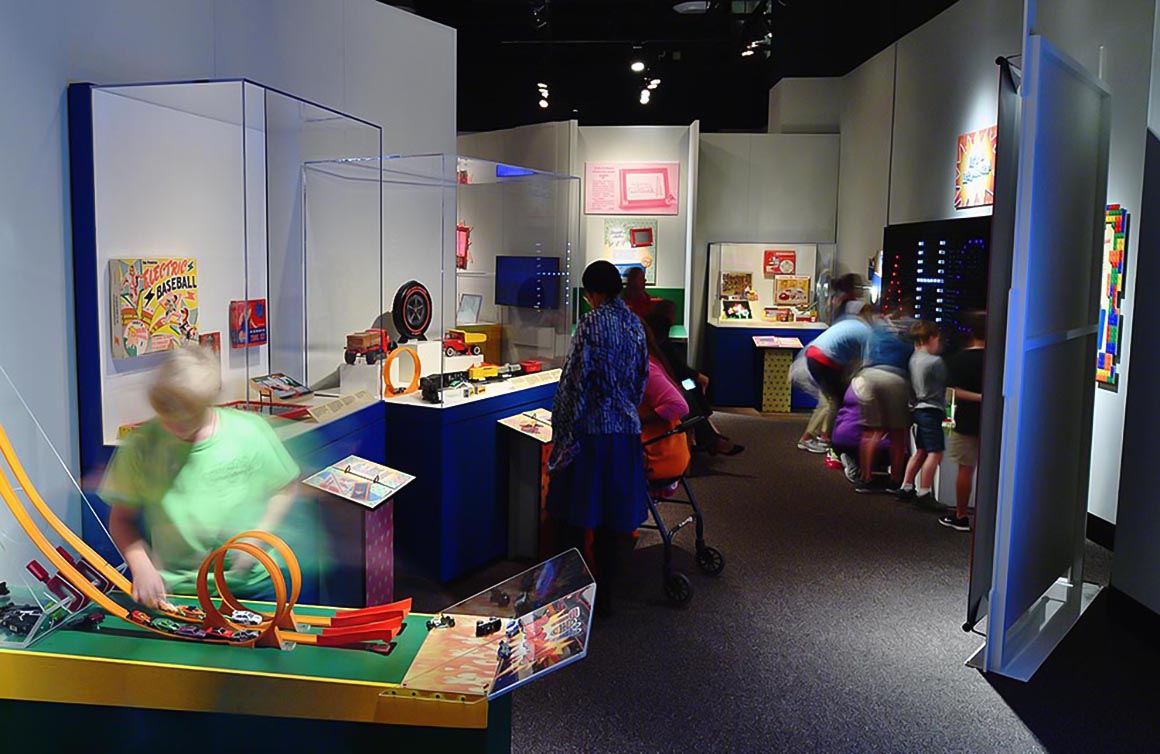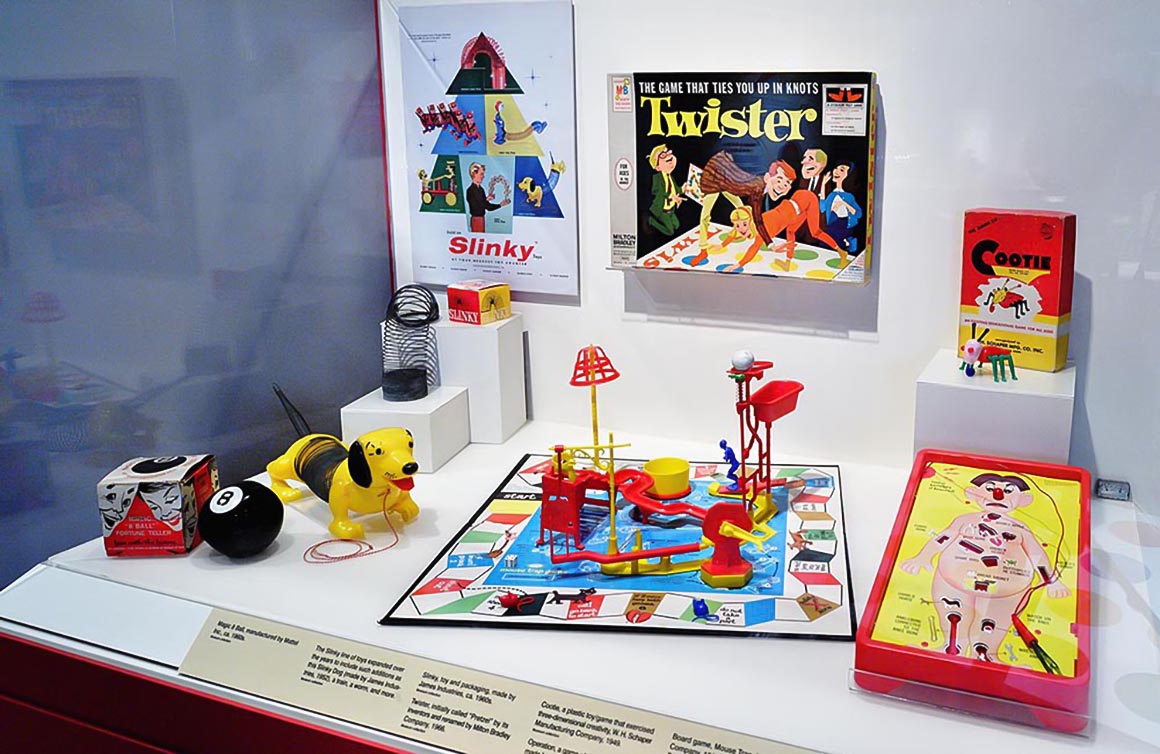Tell us about the North Carolina Museum of History.
The museum preserves and interprets the cultural heritage of North Carolina. We are a state-supported institution and part of North Carolina’s Department of Natural and Cultural Resources. We are also supported through museum memberships and are lucky to have very generous financial supporters. Our current exhibits include One Giant Leap: North Carolina and the Space Race, QuiltSpeak, North Carolina Sports Hall of Fame, and Toy Boom!

What inspired the museum to host the Toy Boom! exhibit?
We hosted a small toy exhibit a few years ago that was very popular with visitors. We have an extensive collection of toys and games at the museum. As we looked to use some of the toys in our One Giant Leap space exhibit, we realized that the objects aren’t just a fun nostalgic trip but also a reflection of civil rights, Vietnam, the Cold War, women’s rights, concerns about nuclear war, and so on. We wanted to create an exhibit to demonstrate how cultural events influence toys, games, and play.
In addition to drawing from our own collection, we put out a call in our community to see what toys and games people had in their possession that we could use. We had about a hundred responses and took in about 25 toys. Our friends at The Strong in Rochester, New York were also very generous in lending us items for our exhibit. Toy Boom! features toys that relate with North Carolina history. We feature toys inspired by television westerns, stories from North Carolina Baby Boomers about their favorite toys and games, and toys that some children wanted but couldn’t afford; North Carolina is a rural state without much money. The Gilbert Atomic Energy Lab is often cited as a toy that people wanted but couldn’t afford. The kit retailed for about $50, which was a lot of money in the 1950s!

Why is it important to preserve the history of toys and play?
As a pop-culture historian, I love how history is reflected in popular culture. Look how much the Space Race from the 1950s and the moon landing in 1969 influenced toys. Those events are national phenomena that were reflected in nearly every aspect of life back then. Old Sears Wish Book catalogs reflect the gender biases of their times in the toy pages: girls are encouraged to become wives and mommies while boys were encouraged to be the breadwinners. They were a product of their times. Today, we are able to look more critically at marketing and advertising by analyzing the past.

What artifacts and activities are featured at Toy Boom!?
Toy Boom! is set up in various sections. We start with the role of television, a big theme throughout the exhibit. Visitors can see images from the Space Race and coverage from the Vietnam war as they explore toys from the same period. We have toys such as the original Mr. Potato Head and Howdy Doody. Then we move into a range of quirky motion toys like the Hula Hoop, Slinky, Twister, and others. We have a giant mousetrap and cage display that echos the Mousetrap game and offers a great photo opportunity for visitors.
The Frontier Visions portion of the exhibit highlights the role of space and the western frontier through costumes, laser guns, spy gear, and action-oriented toys like Major Matt Mason. Getting Creative allows visitors to learn through creativity with LEGO, Play-Doh, and a giant Lite-Brite wall. Our displays on gender in toys feature Barbie, G.I. Joe, Matchbox and Hot Wheels, and dolls. Toy Boom! finishes with an epilogue of electronic toys and video games from the 1970s, including a working Pong game for people to play. Everyone loves playing this game at the exhibit; it’s a simple game compared to digital play today but people are still drawn to it. Pong revolutionized play forever.

What do you hope visitors take away from their time at the exhibit?
Toy Boom! is a nostalgic experience for Baby Boomers but I want kids to come in, see the old commercials, and find the hidden messages, gender stereotypes, and lack of diversity. Kids should appreciate how far we have come and how far we have to go. It should put their own toys in perspective.

Toy Boom! runs until January 3, 2021. Learn more about Toy Boom! on the North Carolina Museum of History website.

